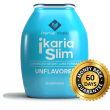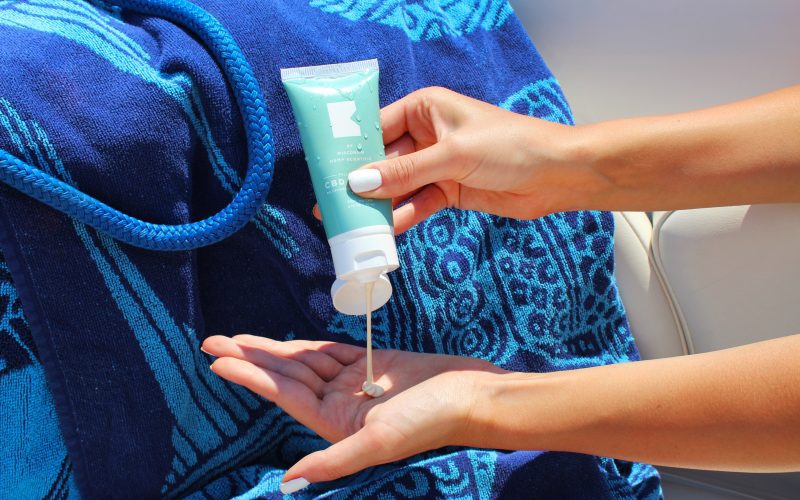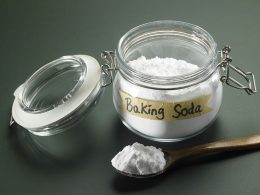Summer’s here, and that means one thing: it’s time to slather on some sunscreen! But with so many types of sunscreens available in stores and online, choosing the right one for your skin type can be a daunting task. Plus, not all sunscreens are created equal – some offer better protection than others. That’s why we’re here to help you navigate the world of SPF and find the best sunscreen for your skin type. So don’t skip the SPF; read on to find out how you can stay protected from harmful UV rays this summer season!
What is SPF?
SPF, or sun protection factor, is a measure of how well a sunscreen will protect your skin from UVB rays. The higher the SPF, the more protection you’ll get. However, it’s important to choose the right SPF for your skin type.
If you have fair skin, you’ll need a higher SPF to protect yourself from the sun. Look for an SPF of 30 or higher. If you have medium-to-olive skin, an SPF of 15 should be sufficient. And if you have dark skin, an SPF of 10 should be fine.
Remember, no matter what your skin type, you need to reapply sunscreen every two hours or after swimming or sweating. And don’t forget to put it on before heading outdoors!
How to Choose the Right Sunscreen for Your Skin Type
When it comes to sunscreen, there is no one-size-fits-all solution. The best sunscreen for you will depend on your skin type. Here are some tips to help you choose the right sunscreen for your skin type:
If you have dry skin, look for a sunscreen that is hydrating and won’t leave your skin feeling dry or tight.
If you have oily skin, look for a light, oil-free sunscreen that won’t clog your pores.
If you have sensitive skin, look for a hypoallergenic sunscreen that won’t irritate your skin.
No matter what your skin type, always look for a broad-spectrum sunscreen that provides protection from both UVA and UVB rays.
Why You Should Wear Sunscreen Everyday
There are many good reasons to wear sunscreen every day, even when it’s cloudy or you don’t plan on spending much time outside. Here are a few:
Sunscreen protects your skin from the sun’s harmful ultraviolet (UV) rays, which can cause premature aging, wrinkles, and cancer.
Sunscreen helps prevent sunburn, which can be painful and increase your risk of skin cancer.
Wearing sunscreen every day can help reduce your risk of developing melanoma, the deadliest form of skin cancer.
Even if you don’t burn easily, sunscreen can help protect against the damaging effects of the sun’s UV rays.
So there you have it – plenty of good reasons to make sure you always have sunscreen on hand and to put it on every day, no matter what!
The Different Types of Sunscreens
When it comes to sunscreen, there are a few different types to choose from. Here’s a quick rundown of the different types of sunscreens and what they each do:
Chemical sunscreens: These sunscreens work by absorbing the UV rays before they can damage your skin. They typically have a lighter consistency and can be easier to apply evenly. However, some people find that chemical sunscreens can irritate their skin.
Physical sunscreens: These sunscreens work by reflecting the UV rays away from your skin. They tend to have a thicker consistency and can be more difficult to apply evenly. However, physical sunscreens are less likely to irritate your skin.
Mineral sunscreens: These sunscreens work by creating a barrier on your skin that reflects the UV rays away. Mineral sunscreens usually have a thicker consistency, but they’re less likely to irritate your skin.
How to Apply Sunscreen Properly
Most people know that they should be using sunscreen to protect their skin from the harmful effects of the sun. But did you know that there is a right and a wrong way to apply sunscreen? Here are some tips to make sure you’re doing it correctly:
1. Apply sunscreen 30 minutes before going outside. This will give it time to absorb into your skin so it can start working its magic.
2. Be generous with your application. Most people only use about half of the amount of sunscreen they should be, so make sure to cover all exposed skin liberally.
3. Reapply every two hours, or more often if you’re sweating or swimming. Sunscreen wears off after a while, so it’s important to reapply regularly to maintain protection.
4. Don’t forget often-forgotten spots like your ears, neck, and feet. These are all areas that are susceptible to sun damage, so make sure they’re well-covered too!
Conclusion
With so many different types of sunscreen available, it can be difficult to choose the right one for your skin type. We hope this article has given you a better understanding of which SPF is best for you and why it’s important to wear sunscreen all year round. Don’t forget that protecting yourself from the sun’s harmful rays can keep your skin healthy and looking young for years!












